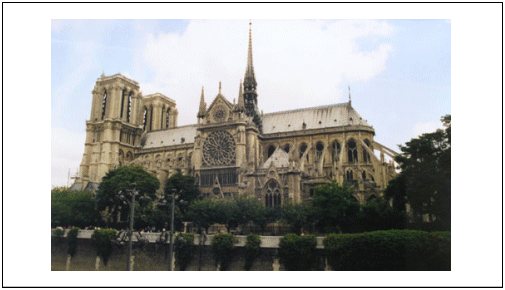Description
This element contains graphical data, or a pointer to an external entity containing graphical data. One of the deficiencies of the DocBook Graphic element is that there is no way to specify an alternate text description of the graphic. This has been rectified by the introduction of MediaObject.
Processing expectations
Formatted as a displayed block.
There are several ways to provide content for a Graphic. It is best to use only one of these methods. However, if multiple graphic sources are provided, the processing expectations are as follows: element content should be used in favor of either EntityRef or FileRef and EntityRef should be used in favor of FileRef.
 Future Changes
Future Changes
In DocBook V4.0, Graphic will be declared EMPTY. This change will require that any embedded graphic content be stored outside the SGML source and pointed to with an EntityRef or FileRef attribute.
 Future Changes
Future Changes
In DocBook V5.0, Graphic will be discarded. At that time, graphics will have to be incorporated using MediaObject or InlineMediaObject.
Parents
These elements contain Graphic: Answer, Appendix, ArtHeader, Article, BiblioDiv, Bibliography, BlockQuote, BookInfo, Callout, Caution, Chapter, DocInfo, entry, Equation, Example, Figure, Footnote, Glossary, GlossDef, GlossDiv, GraphicCO, Important, Index, IndexDiv, InformalEquation, InformalExample, InformalFigure, InformalTable, InlineEquation, ListItem, MsgExplan, MsgText, Note, ObjectInfo, Para, PartIntro, Preface, Procedure, QandADiv, QandASet, Question, RefSect1, RefSect1Info, RefSect2, RefSect2Info, RefSect3, RefSect3Info, RefSynopsisDiv, RefSynopsisDivInfo, ScreenShot, Sect1, Sect1Info, Sect2, Sect2Info, Sect3, Sect3Info, Sect4, Sect4Info, Sect5, Sect5Info, Section, SectionInfo, SetIndex, SetInfo, Sidebar, SimpleSect, Step, Synopsis, Table, Tip, Warning.
